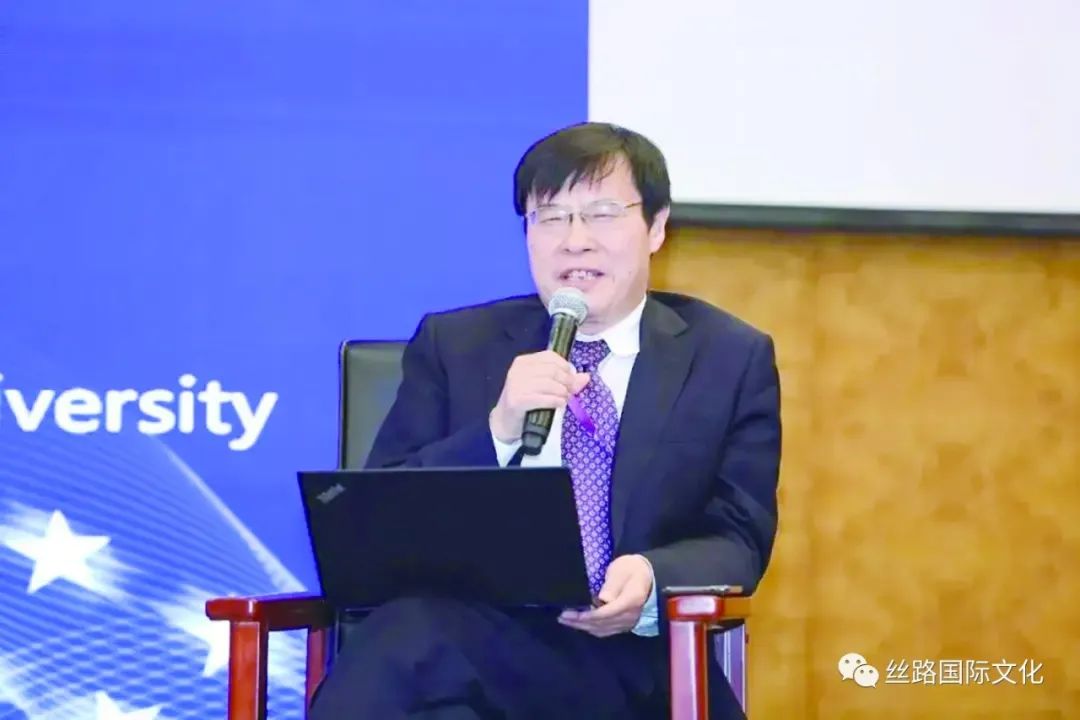即将开通,敬请期待!!

史志钦
在摩洛哥拉巴特召开的联合国教科文组织保护非物质文化遗产政府间委员会第十七届常会上,我国申报的“中国传统制茶技艺及其相关习俗”通过评审,列入联合国教科文组织人类非物质文化遗产代表作名录。截止到2020年12月,中国列入联合国教科文组织非物质文化遗产名录(名册)项目共计42项,总数位居世界第一。其中人类非物质文化遗产代表作34项,急需保护的非物质文化遗产名录7项,优秀实践名册1项。这次又增添了新的一项,刷新了纪录,再次体现出中华文明对人类文化多样性的重要贡献,为中国文化走向世界,为开展进一步的中西文化交流,翻开了新的一页。
“中国传统制茶技艺及其相关习俗”作为本次申遗的项目表明,我国传统制茶,不仅有其传统技艺,而且分布地域广、遗产类型丰富,更具有古代丝绸之路、茶马古道等东西方交流的历史意义。本次申遗项目不仅包含了来自中国15个省、市、自治区的44个小项目,还涵盖了绿茶、红茶、乌龙茶、白茶、黑茶、黄茶、再加工茶等传统制茶技艺,以及径山茶宴、赶茶场等相关习俗,堪称中国历次人类非遗申报项目中的“体量之最”。
历史早已证明,西方那种大消耗大消费、注重物质的生活方式已经不适合人类的发展,人类需要更丰富的精神生活,中华优秀传统文化正好满足了人类的需求,而茶文化正是其中杰出的代表。全球至少有50多个国家种茶,有120多个国家从中国进口茶叶,全世界喜欢饮茶的人数超过50多亿,就是有力佐证。
作为能够和丝绸之路、海上丝绸之路、万里茶道等著名商道并称的茶马古道,是沟通不同地域、不同民族、不同文化的纽带,是中华民族繁荣昌盛的历史见证,也是中华文明的重要象征之一。正是历史上的原生茶马古道滇藏线与川藏线首次以远征古道的形式翻越横断山、青藏高原,向西域延伸,和丝绸之路会合,形成了多元文化互动和交流,成为古代和近代中国连通外部世界的强劲动脉之一,更为今天丝路沿线国家共建“一带一路”奠定了基础。
文化搭台,经济唱戏,是中国几十年来高速发展成功的历史总结。要想进一步打开对外交流的大门,与丝路沿线国家加强“政策沟通、设施联通、贸易畅通、资金融通、民心相通”,进一步推动“一带一路”建设,深入开展文化交流,让中国非遗项目更多地走向世界,有着举足轻重的作用。
通过更多地在世人面前展示非遗项目,能够让更多国家的人民了解中国,知道中国文化的厚重,更加理解中国对外交流遵循的和谐与共,从不对外扩张,不搞殖民主义的历史渊源,唤起更多国家的人民携起手来,为构建人类命运共同体作出贡献。
W/A/S/T/E
译文
At the 17th regular session of the Intergovernmental Committee for the Protection of the Intangible Cultural Heritage of UNESCO held in Rabat, Morocco, "traditional Chinese tea-making techniques and related customs" declared by China have been evaluated and added to UNESCO's Representative list of the Intangible Cultural Heritage of Humanity. By December 2020, China had included 42 items on UNESCO's Intangible Cultural Heritage List, ranking first in the world. Among them, 34 are on the Representative List of the Intangible Cultural Heritage of Humanity, 7 are on the List of Intangible Cultural Heritage in Need of Urgent Safeguarding Protection, and 1 is on the list of Good Practices. This time, a new item has been added and a new record has been set, which once again reflects the important contribution of the Chinese civilization to the cultural diversity of mankind. It opens a new page for Chinese culture to go to the world and for further cultural exchanges between China and the West.
"Chinese Traditional Tea-Making Skills and Related Customs", as the project of this World Heritage application, indicates that Chinese traditional tea-making not only has its traditional skills, but also has wide distribution, rich heritage types, and historical significance of the ancient Silk Road, the Ancient Tea-Horse Road and other exchanges between the East and the West. This project not only includes 44 small projects from 15 provinces, municipalities and autonomous regions in China, but also covers traditional tea-making techniques such as green tea, black tea, oolong tea, white tea, black tea, yellow tea and reprocessed tea, as well as related customs such as Jingshan Tea Ceremony and tea market, making it "the largest in terms of volume" among all the applications of human intangible cultural heritage in China.
History has long proved that the Western lifestyle of large-scale consumption and focusing on material is no longer suitable for the development of human beings. Human beings need a richer spiritual life. The excellent traditional Chinese culture just meets the needs of human beings, and tea culture is an outstanding representative of it. At least 50 countries grow tea in the world, and more than 120 countries import tea from China. The fact that more than 5 billion people around the world like to drink tea is a proof of this.
The Ancient Tea-Horse Road, which can be compared with the Silk Road, the Maritime Silk Road, the Wanli Tea Road and other famous business roads, is the link between different regions, different nationalities and different cultures. It is the historical witness of the prosperity of the Chinese nation and one of the important symbols of Chinese civilization. It was the Yunnan-Tibet and Sichuan-Tibet ancient Tea-Horse roads that crossed Hengduan Mountain and Qinghai-Tibet Plateau for the first time in the form of expeditions, extending westward to meet the Silk Road, forming multi-cultural interactions and exchanges, becoming one of the powerful arteries connecting ancient and modern China with the outside world, and laying the foundation for the Belt and Road cooperation among the countries along the Silk Road today.
Culture events set the stage and economy activities take the stage, which is the historical summary of China's rapid development and success in the past decades. In order to further open the door of foreign exchanges, it is of vital importance to strengthen "policy communication, infrastructure connectivity, unimpeded trade, financial integration and people-to-people exchanges" with countries along the Silk Road, further promote the construction of "The Belt and Road", carry out in-depth cultural exchanges, and let China's intangible cultural heritage projects spread to the world.
By showing more intangible cultural heritage projects in front of the world, people from more countries can understand China, know the profound Chinese culture, and better understand the historical origin of harmony and solidarity that China follows in its foreign exchanges, never expanding abroad or engaging in colonialism, so as to arouse people from more countries to join hands and make contributions to the construction of a community with a shared future for mankind.
作者 史志钦 :清华大学“一带一路”战略研究院执行院长、丝路百科杂志社执行总编辑 本文为《丝路百科》杂志2023年第2期卷首语